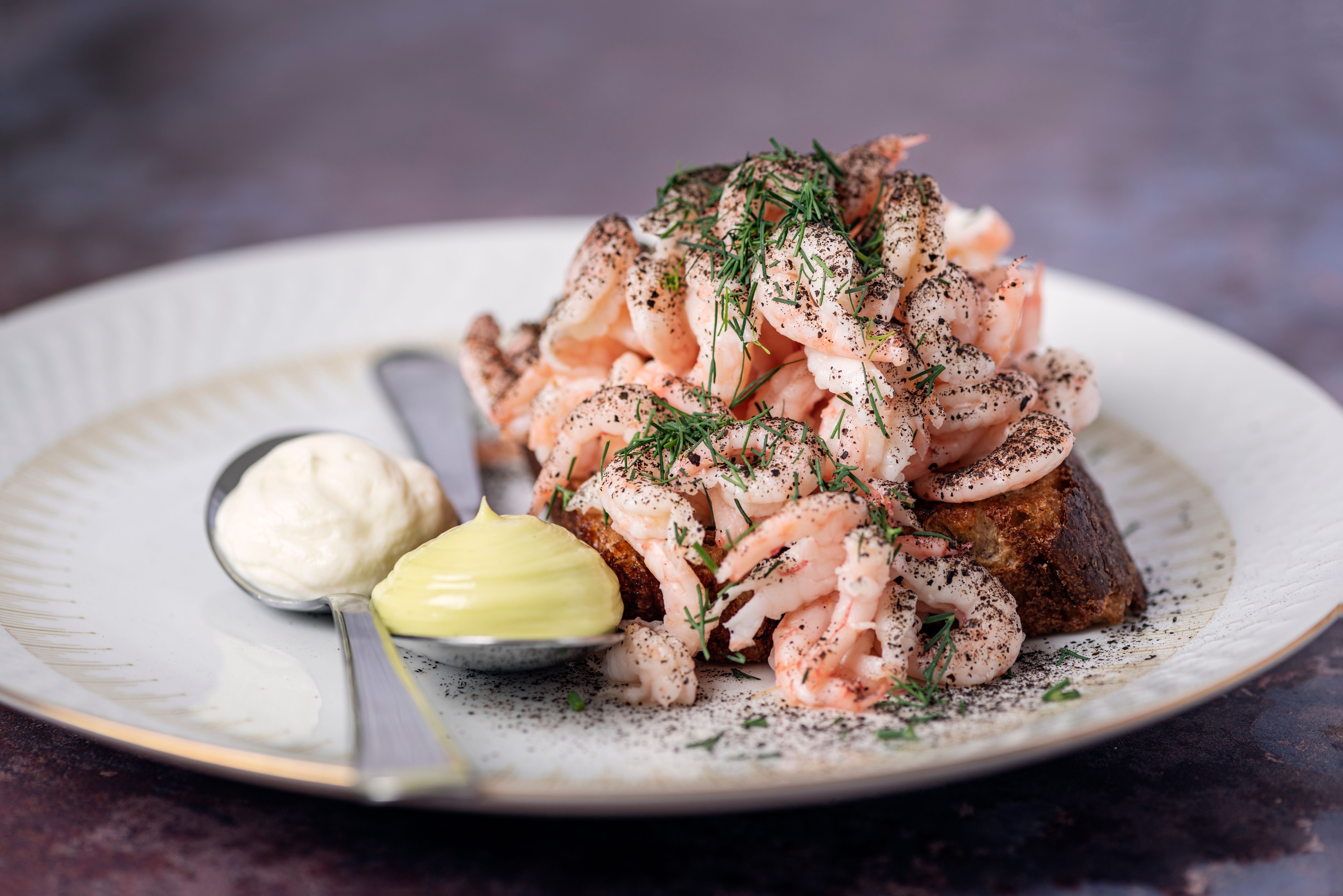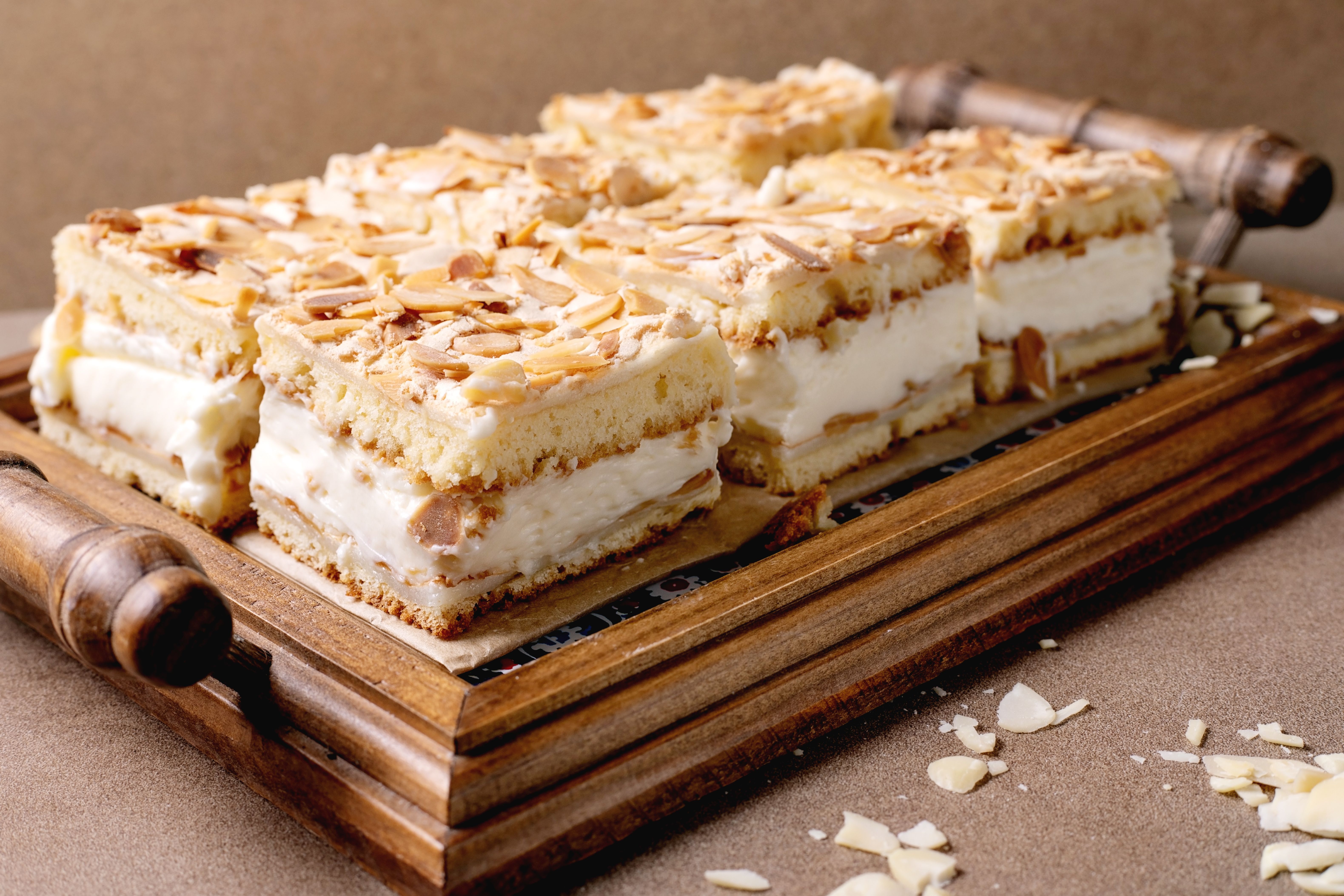A Sumptuous Banquet with Nordic Flavors
The Allure of Nordic Cuisine
In recent years, Nordic cuisine has emerged as a global culinary trend, captivating the palates of food enthusiasts across the world. Renowned for its simplicity, seasonality, and innovative use of local ingredients, Nordic cooking offers a unique dining experience that is both rustic and refined. The region's gastronomic appeal lies in its ability to transform humble ingredients into exquisite dishes that celebrate nature's bounty.
At the heart of Nordic cuisine is a commitment to sustainability and a deep respect for the environment. Chefs in this region prioritize locally-sourced and organic ingredients, often foraging for wild herbs, berries, and mushrooms. This approach not only ensures the freshest flavors but also promotes a strong connection between the land and the plate.

Key Ingredients That Define the Flavors
Nordic flavors are often defined by a few key ingredients that are staples in the region's kitchens. These include seafood like salmon, herring, and cod, which are abundant in the cold waters surrounding the Nordic countries. Root vegetables such as potatoes, carrots, and parsnips feature prominently, offering a hearty base for many dishes.
Berries such as lingonberries, cloudberries, and blueberries add a burst of color and sweetness to both savory and sweet creations. Additionally, unique elements like reindeer meat and game birds provide a taste of the wild, while dairy products such as skyr and cheeses bring richness to the table.
A Journey Through Traditional Dishes
Navigating through a Nordic banquet is like taking a culinary journey through the region's history and traditions. One might start with an array of open-faced sandwiches, known as smørrebrød in Denmark, topped with everything from cured fish to liver pate, beautifully garnished with herbs and pickled vegetables.
The main course often features a hearty serving of meat or fish. A classic example is Sweden's iconic meatballs served with creamy gravy and lingonberry sauce. Alternatively, one might savor gravlax, a delicately cured salmon seasoned with dill and served with mustard sauce.
The Art of Nordic Desserts
No banquet is complete without indulging in the sweet delights that Nordic desserts offer. Traditional treats such as Finnish pulla bread, flavored with cardamom, or Norwegian krumkake, a delicate waffle cookie, round off the meal perfectly. These desserts often showcase simple ingredients elevated by precise techniques.
Nordic pastries are also a highlight, with cinnamon buns being particularly popular across the region. The use of spices like cardamom and cinnamon reflects the historical trade influences on Nordic cuisine, adding warmth and depth to their sweet creations.

Bringing Nordic Flavors to Your Table
For those looking to recreate a sumptuous Nordic banquet at home, it's essential to focus on freshness and quality of ingredients. Start by sourcing sustainable fish and seasonal vegetables from local markets or specialty stores. Incorporate foraged elements like fresh herbs or mushrooms if possible.
Experimenting with traditional recipes can offer a deeper understanding of Nordic culinary practices. For instance, try making your own gravlax or baking rye bread – both are rewarding processes that encapsulate the essence of Nordic cooking.
Embracing Nordic Simplicity
The beauty of Nordic cuisine lies in its simplicity and ability to highlight natural flavors without overwhelming them with complex techniques or excessive spices. This approach not only makes it accessible for home cooks but also allows diners to appreciate the inherent qualities of each ingredient.
By embracing this culinary philosophy, one can transform everyday meals into extraordinary dining experiences that are both nourishing and delightful. A Nordic banquet is not just a feast for the senses but also a celebration of nature's splendor.
Commercial Kitchen http://avice.org
